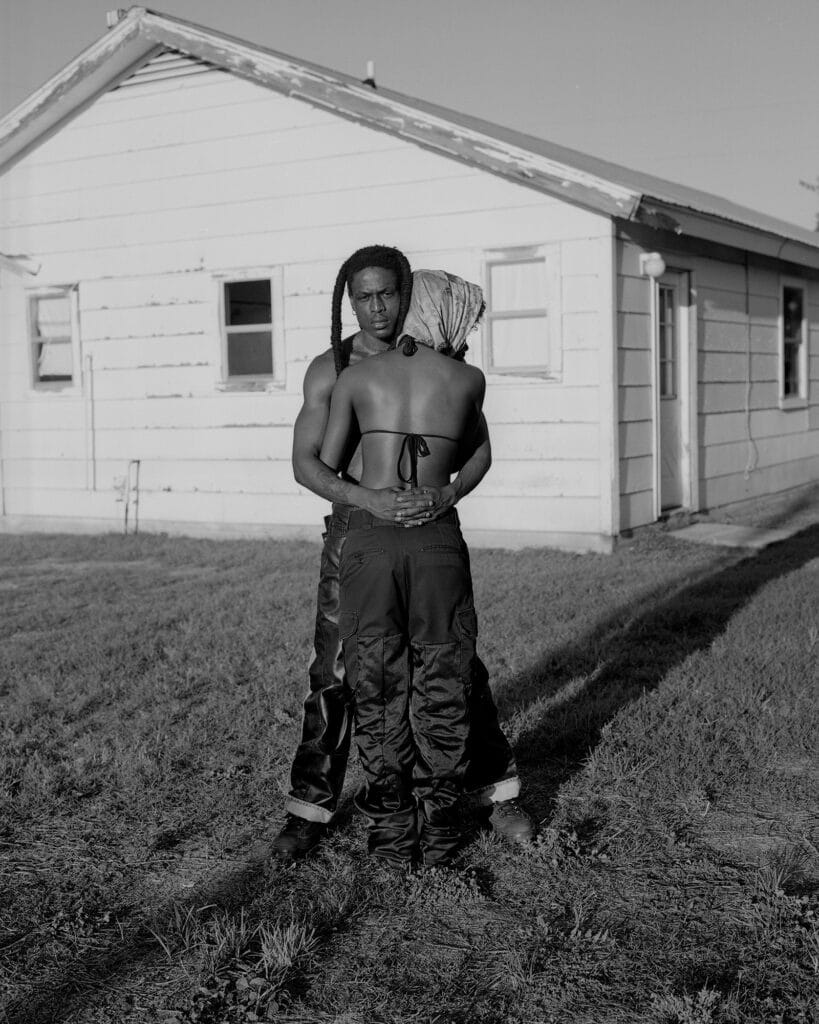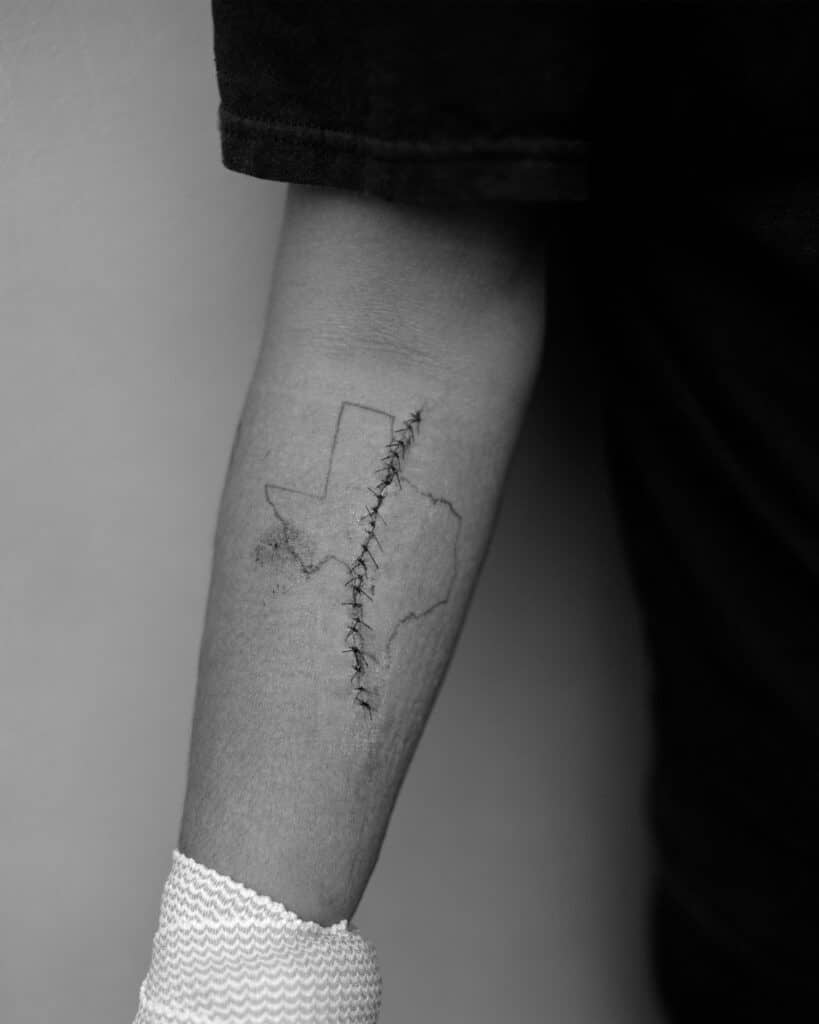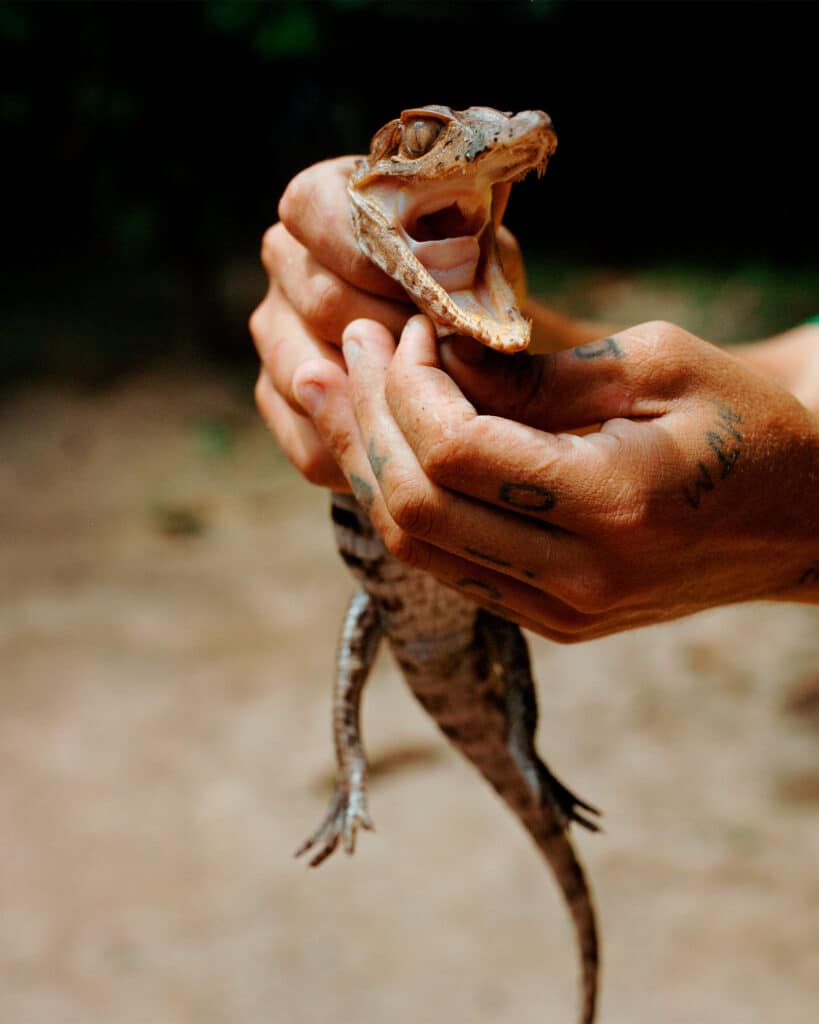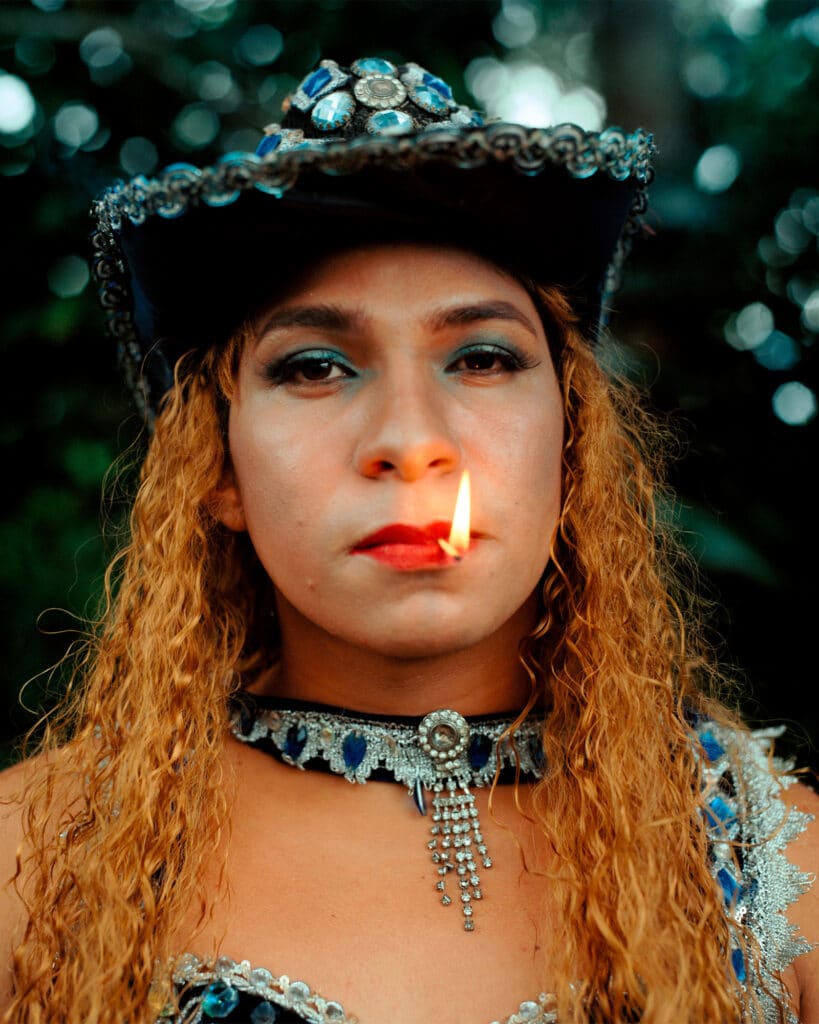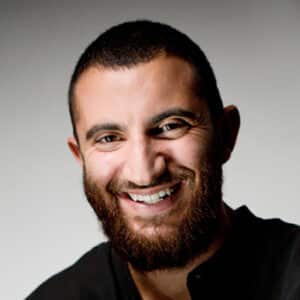An essential part of the Rencontres d’Arles, the Louis Roederer Discovery Award presents ten emerging artists associated with galleries, museums, art centers, collective spaces, and independent venues. The 2022 edition “does not focus on a theme or a genre per se, but on the attitude of the selected photographers towards the creation of images. […] [T]he artists all start with intimacy. From trauma to grief, to the (re)definition of the artistic self, the spectrum is wide, but they have one thing in common: their experience is their expertise,” writes curator Taous Dahmani, who with scenographer Amanda Antunes are showcasing the ten selected projects at the Frères-Prêcheurs church. Blind Magazine takes a close look at three.
Rahim Fortune
An autobiographical work informed by history, photographer Rahim Fortune’s “I Can’t Stand To See You Cry series” (previously published in a book by Loose Joints) is an exploration of Texas and the surrounding states. The photographer first returns to his ailing father’s bedside. “A year went by and my father’s diagnosis had changed, his nighttime calls became more frequent. My sister and I, his youngest children, spent countless hours in his room, caring for him as his body was giving in. Many nights we would leave his room, both knowing he was getting worse, but we chose not to say anything.” The world was coping with a pandemic, the United States was reeling from the murder of George Floyd, and Rahim Fortune had lost his father. Using a documentary black-and-white style, the photographer captures the world around him, from the most intimate to the political, and tries to both reconcile and affirm an identity that he builds through the images.
Seif Kousmate
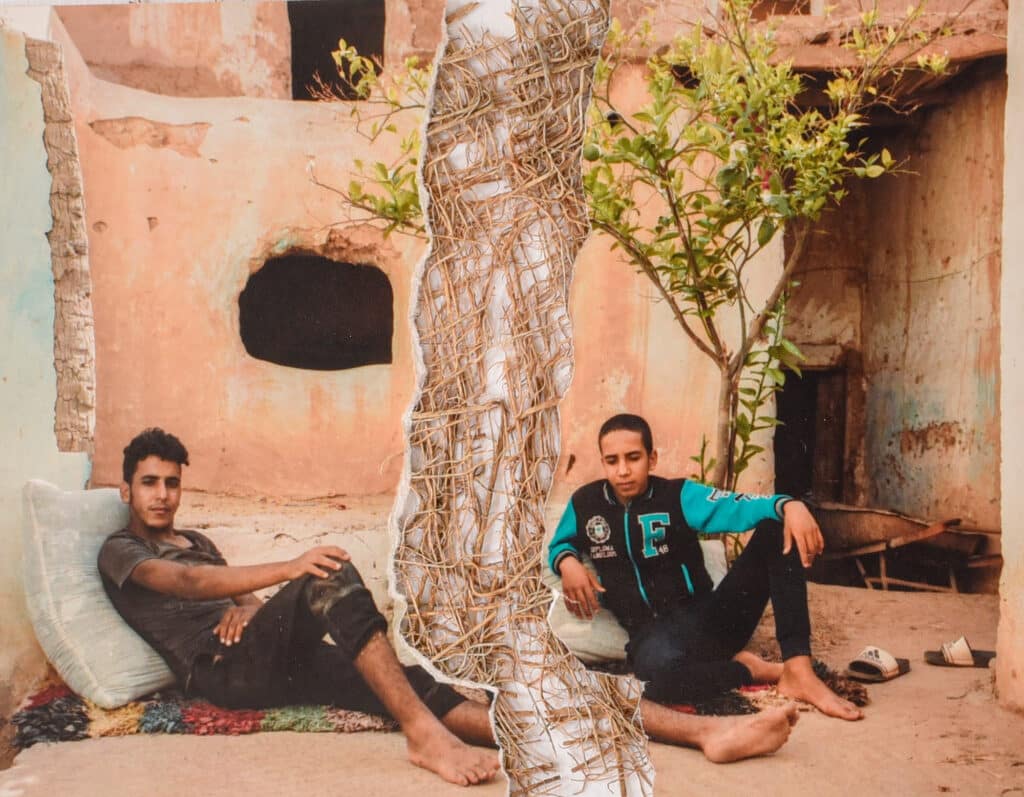
Co-winner of the 6Mois Photojournalism Award 2021, Seif Kousmate presents the series “Waha” (“oasis,” in Arabic) in which he looks at his native Morocco. The result of three years’ worth of research, “Waha” is an “essay that explores the impact of climate change and globalization on the oases in southern Morocco.” Seif Kousmate traveled to a dozen oases and met with local communities to understand their daily lives. A former engineer and self-taught photographer, he developed a “sensory approach in an effort to make the energy and the environment of these places palpable to the audience.” In order to subtly convey the degradation of these water havens, he contaminates his images with acid and clouds them with the remains of local flora. Thus, content and form, subject and material merge in a series that the photographer encapsulates in the word “Hope.” He adds: “As long as there is still life in these places, there is still hope to preserve them.”
Daniel Jack Lyons
For the past three years, American photographer Daniel Jack Lyons has been working in the heart of the Brazilian Amazon, “specifically along a river called Tupana.” There, he met artists, young queer and trans people who are torn between hope and disillusionment, hemmed in by tradition and heritage, and who live in the margins of society. Lyons offered to make their portraits, letting his models pick the location of the session, the outfits, and the poses, so that they constructed the images together. Himself a member of the LGBT community, the photographer created a safe space, opening the field of possibilities for self-representation. Lyons wanted to show another face of the Amazon, allowing the viewer to “discover something they have never witnessed before, and perhaps to begin seeing this region in a new light.” The series “Like a River”—an homage to the poet Thiago de Mello, born in the Amazon region—creates room to breathe in, a space of freedom for youth yearning to live.
Louis Roederer Discovery Award 2022, Église des Frères-Prêcheurs, Rencontres d’Arles, Until September 25, 2022.

